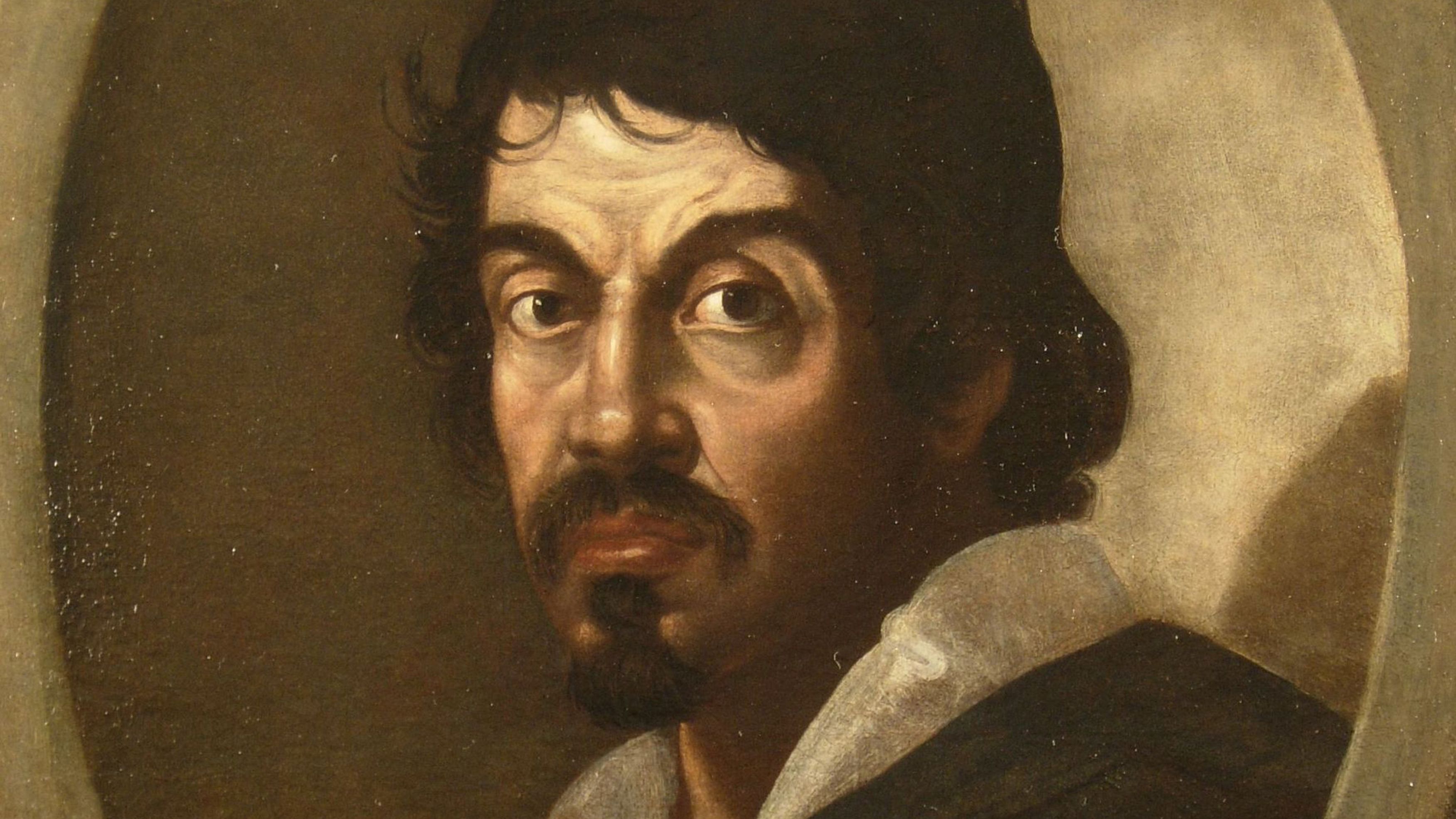Leonardo da Vinci (1452-1519)
Not only did Leonardo da Vinci experiment with mediums, but he also innovated different ways of creating striking compositions. In fact, his signature triangular composition is still used today and is widely considered one of the most visually pleasing painting layouts. He was also an early advocate of studying anatomical models to perfect his art, something that was illegal at the time.
Although legendary for paintings like Mona Lisa and The Last Supper, da Vinci's artistic output was relatively small; only 17 surviving works can be attributed to him.
Vincent van Gosh (1853-1890)
Claude Monet (1840-1926)
Pablo Pisacco (1881-1973)
Rembrandt ( 1606-1669)
Rembrandt van Rijn is so famous that even today we call this Dutch master by his first name. Painting everything from genre scenes to landscapes to great historical and mythological paintings, Rembrandt was the dominant force in Dutch art for much of the 17th century. Not only did he create some of the most significant group portraits of the Dutch Golden Age but he also left behind about 80 self-portraits in the form of paintings, etchings, and drawings.
Michelangelo (1475-1564)
While Michelangelo may have viewed himself as a sculptor, his placement on this list shows his true genius. Though relatively few Michelangelo paintings survive, those that do are considered some of the best in the world. His ability to quickly master fresco painting and take it to new heights is evident in both the Sistine Chapel Ceiling and The Last Judgment, which continue to inspire artists today.
Paul cezzane (1839-1906)
Leading Post-Impressionist painter Paul Cézanne has enjoyed a lasting legacy thanks to his innovative approach to perspective, vivid color palette, and use of painterly brushstrokes that were meticulously arranged into geometric forms. In fact, his preference for breaking down forms and using bold tones has often led him to be called a precursor to Cubism.
Raphael (1483-1520)
Raffaello Sanzio da Urbino, best known simply as Raphael (1482–1520), is held today as a master of form and composition. Although he died at just 37 years old, the Italian architect and painter left behind a vast body of work. He is primarily known for his Madonna paintings, including his vivid Madonna in the Grass, as well as his large-scale mural, The School of Athens, which celebrates philosophy.
Frida Kahlo(1907-1954)
Her highly intimate series of self-portraits and the embracement of her cultural heritage are just some of the things that make Frida Kahlo one of the greatest painters of the 20th century. Today she has become a pop culture icon, but this shouldn't overshadow her great skill as a painter and her innovations in bringing Mexican culture to a wider audience. Her deeply personal self-portraits also point to a new direction for modern artists, where art was about expressing inner emotion rather than attempting to please a collector or patron.


No comments:
Post a Comment